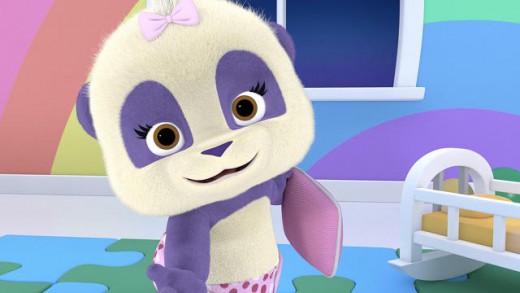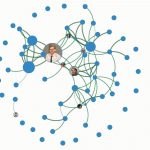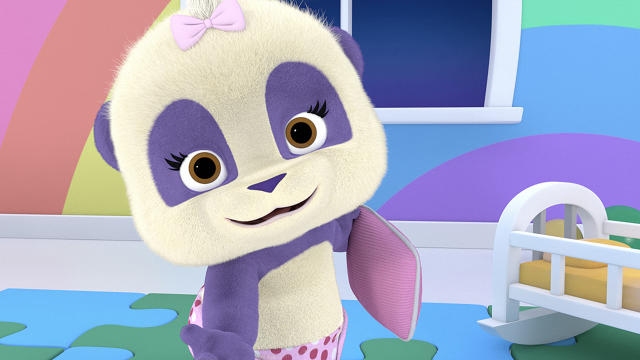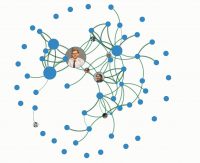An ’80s Dream Come authentic: How Jim Henson’s Digital Puppeteers Are Boosting Their creative Output
Jim Henson had a vision of digital puppetry within the Eighties that is eventually coming to fruition.
August 25, 2015
while you sit your youngsters down in front of Netflix to watch phrase party, an animated sequence debuting in 2016, the very last thing they are going be fascinated with is the intricacies of the way it was made. and that is the reason excellent: That implies that the workforce of puppeteers, artists, and producers behind the scenes are doing their jobs. if truth be told, even the most perceptive of grown-united states of americawouldn’t bet that some of the characters are actually digital puppets controlled by way of real live individuals—or simply how dramatically this distinctive strategy to animation has changed in latest years.

To get a clearer picture of how these characters came to be, you would have to challenge to the Jim Henson firm’s headquarters in los angeles. it is on this building, on the web site of the historic Charlie Chaplin Studios, that displays like word celebration are shot and edited. And what you’d in finding right here is not only rows of animators sitting at pc workstations (despite the fact that there is a lot of that occurring), you see people carrying proprietary gloves and body sensors, performing out scenes as their motions are mapped to the actions of animated characters on a large screen.
this is what’s known as the Digital Creature save, a modern complement to the fabric-and-fur puppetry that made the late Jim Henson a family title.
“What we have created over the past decade is a toolset which is a combination of hardware and tool,” says Steffen Wild, the visual effects supervisor at Jim Henson’s Creature store. The conceptual underpinnings of digital puppetry return to the late Nineteen Eighties, when Henson himself experimented on the clunky, dear machines on hand at the time. but 25 years ago, the technology simply wasn’t up to the duty of executing Henson’s vision for digital puppets, so the corporate put its efforts on grasp for while.
over the last decade, the rate of processors and networks have caught as much as the wishes of up to date Muppets. the usage of their very own homegrown gaming engine and a hardware setup that mixes wearable sensors with a 3-digital camera rig, the JHC staff is ready to flip bodily actions into on-display animations in actual time, bringing these digital puppets to existence.
As you may think, this process generates fairly a bit of of data. and people terabytes of photos need to be moved across the studio as quickly as possible—from the cameras to the editorial workstations, to the publish-production machines and all the way through the entire manufacturing workflow. once upon a time, transferring this knowledge across the studio was once a gradual, tedious course of. A 30-minute episode of an animated tv show might take six months to supply. however lately, that modified.
because of recent infrastructure upgrades, the Jim Henson firm was once in a position to cut down production time from six months per episode to as little as six weeks. The updates, performed as a part of a partnership with data and networking services firm Brocade, enabled JHC to improve its interior networks to a extra brand new cloth computing infrastructure.
“The core expertise needs to be truly watertight so there is no downtime,” Wild explains. the brand new community and related infrastructure allow you to shoot multicamera digital puppetry scenes in real time, nevertheless it also has advantages that seep into the remainder of the manufacturing process: photos can now be downloaded at warp velocity, and a couple of editors can work on a scene extra simply than ever before.
For the Jim Henson firm, the time financial savings is gigantic.
“most of the time goes back into the inventive process,” says Wild. “If we can store an hour in the course of through doing away with technical steps that we had to do sooner than, that hour is now getting used for creative time for the directors.”
fast company , read Full Story
(100)














